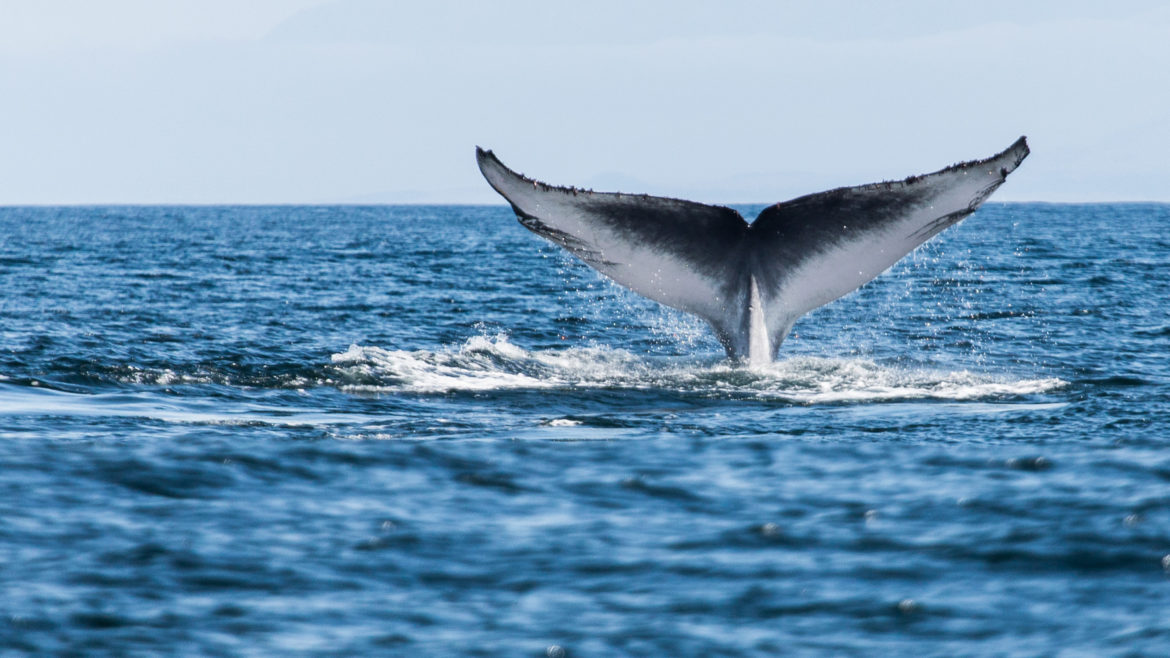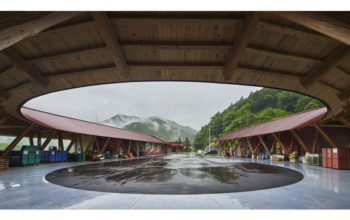The critically-endangered blue whale — the largest animal known to have ever existed — has returned to the waters near the remote island of South Georgia near Antarctica, almost 100 years after the mega-mammal was nearly made extinct by industrial whaling.
The following written content by Tom Metcalfe – Live Science Contributor

The critically-endangered blue whale — the largest animal known to have ever existed — has returned to the waters near the remote island of South Georgia near Antarctica, almost 100 years after the mega-mammal was nearly made extinct by industrial whaling.
Researchers say a recent survey of the waters around the sub-Antarctic island — a center for industrial whaling until it was banned in the 1960s — recorded dozens of blue whales where only a single whale had been seen between 1998 and 2018.
“We’ve had indications in previous years that there might be more blue whales starting to come back to South Georgia,” marine mammal ecologist Susannah Calderan told Live Science. “But we were very favorably surprised by quite how many we did see this year.”
Calderan, a research fellow at the Scottish Association for Marine Science (SAMS), is the lead author of a study into the resurgence of blue whales near South Georgia published Thursday (Nov. 19) in the journal Endangered Species Research.
In January and February this year, she was on board the New Zealand research ship Braveheart for an expedition into the waters around South Georgia led by whale biologist Jen Jackson of the British Antarctic Survey, a co-author of the new research.
The scientists, she said, were amazed to find numerous blue whales in a region where they were once eradicated — — 38 sightings on the surface over a few weeks, comprising a total of 58 individual whales, along with many acoustic detections by “sonobuoys” equipped to monitor underwater whale songs.
Subpolar island
South Georgia is the largest island in a remote South Atlantic archipelago, known as South Georgia and the South Sandwich Islands.
The island is about 2,500 miles (4,000 kilometers) from the coast of Antarctica, but it is situated within the Antarctic convergence — the hydrological boundary between the cold waters around Antarctica and the warmer waters farther north.
It’s now only inhabited by people for a few months every summer, but South Georgia had a prominent role in the history of Antarctic exploration. Read more from Live Science.
Here’s another video: two beautiful humpback whales dancing:
“News Without Politics” keeps you updated on interesting and relevant news stories in the U.S and abroad without media bias.
Stay informed daily.





